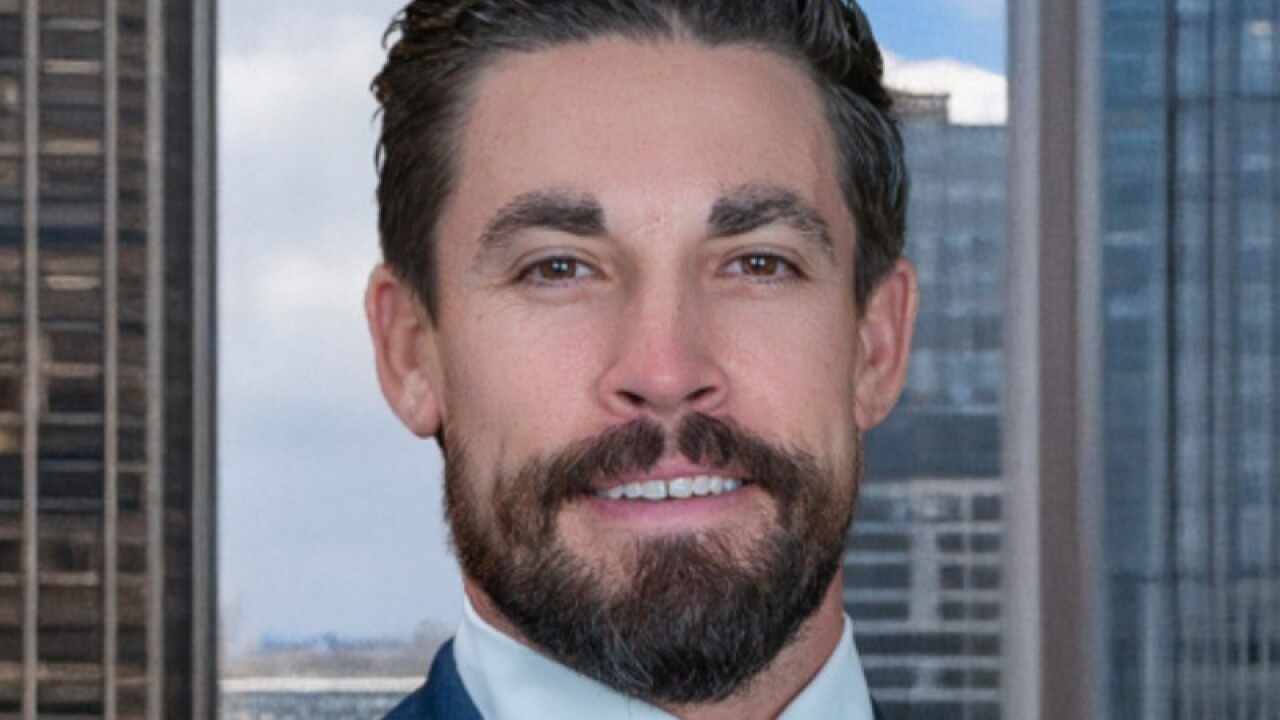When lawmakers introduced safe harbor IRAs in 2001, the goal was simple: Preserve small 401(k) balances for workers departing a job and ease the administrative burden on employers overseeing these plans. Nearly 25 years later, more than
Each year, some 30 million 401(k)s are left behind by savers departing their workplace. Within that group, nearly 2 million accounts are automatically rolled over into safe harbor IRAs, where high fees and low interest rates eat away at the balance.
Accounts that qualify to be rolled into safe harbor IRAs are relatively small (less than $7,000, by law), making them easy for some savers to forget. But research shows that those small balances could become sizable savings in retirement if invested properly.
A $4,500 balance left in a safe harbor IRA is expected to grow to just $5,507 by retirement, compared with $25,856 if it remained in a standard 401(k) or traditional IRA, according to the study.
"What was designed as a short-term bridge has become a long-term trap," wrote PensionBee CEO Romi Savova. "Accounts stagnate in cash-like investments, fees consume small balances and wealth that should grow instead erodes."
By 2030, some $43 billion in retirement savings is projected to be placed, and often forgotten, in safe harbor IRAs, according to the study. Savova said financial advisors play a key role in addressing "both ends" of the problem.
"For advisors working with
On the saver side, Savova said it's crucial that advisors help clients track down and consolidate scattered accounts.
"Small balances are easy to overlook, but when left in cash for years, the lost compounding can erode considerable wealth," she said.
On the hunt for forgotten savings
Advisors say that tracking down such accounts isn't always easy. With no centralized database, advisors are often limited by the client's memory when trying to find and centralize balances in safe harbor IRAs.
John Power, a financial advisor at Power Plans in Walpole, Massachusetts, said he makes a point to ask clients about their work history and any potential workplace retirement accounts when working with them. In some cases, Power said he can assume the client had an account if they worked at certain companies he's personally familiar with.
After finding those accounts, the rest of the process is relatively simple.
"I always suggest they roll over to their own IRA in the case of smaller holdings, so they can be lumped together and managed effectively as part of a financial plan," Power said. "A proper financial plan looks at all resources, the way they are invested and how they fit into the retirement scheme.
A new government database could help
While no official database currently exists to allow advisors to search for safe harbor IRAs, that could soon change.
In December, the U.S. Department of Labor introduced the
Currently, the database includes traditional pensions and defined-contribution accounts like 401(k)s sponsored by private employers or unions. It does not include information on former employees of church or government plans.
The Labor Department has not officially said if it intends to expand the database to include safe harbor IRAs, but experts are hopeful.
"Additional information added in the future may include the location of small accounts that were transferred to IRAs (Individual Retirement Accounts) or to insurance companies when the employee could not be found, and current contact information for plans sponsored by employers who changed addresses, merged with another company or went out of business," Jane Smith, a policy analyst at the Pension Rights Center,
Reviewing all the options
The Labor Department's new database may eventually make it easier for savers to track down and consolidate safe harbor IRAs, but advisors say the best approach to such accounts is to avoid them in the first place.
Josh Brooks, founder of Exponential Advisors in Weatherford, Texas, said he recommends that his clients review all of their available options when leaving a job. That includes leaving the money in the current plan (if allowed),
"The choice depends on fee structure, investment choices and overall financial strategy, but it's crucial not to let these accounts go dormant," Brooks said. "While safe harbor IRAs are better than having stranded 401(k)s lost forever, they're rarely optimal due to a conservative investment mix and sometimes steep fees. They're intended as a stopgap, not a long-term solution."









